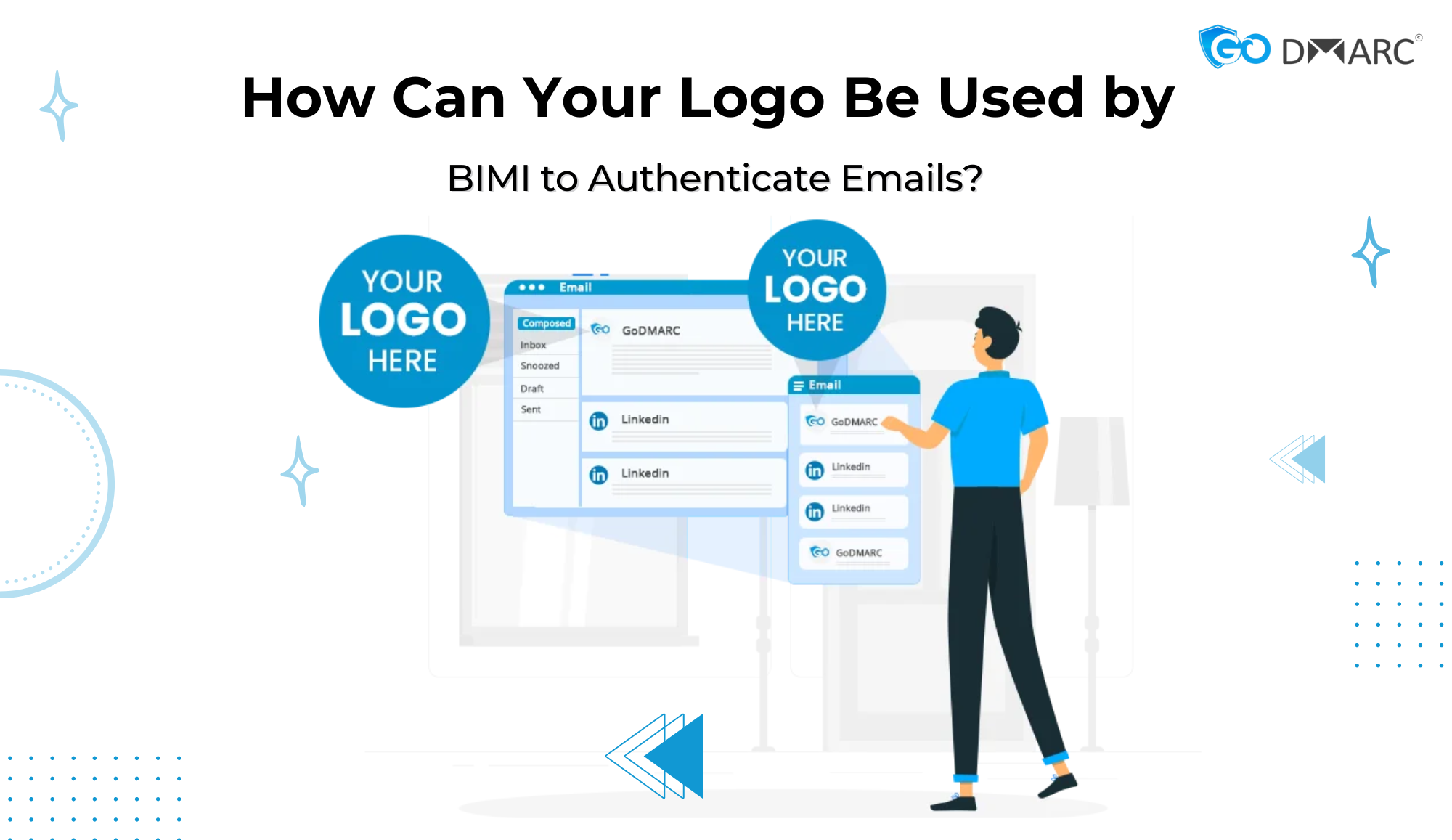Introduction
Google has taken another significant step toward improving email security and user trust by launching blue checkmarks for verified brands in Gmail. This new feature is designed to help users easily identify authentic senders, reducing the risk of phishing, spoofing, and fraudulent emails. By enabling businesses to display verification badges, Google aims to enhance brand trust while reinforcing its commitment to cybersecurity.
In this blog, we will explore what these blue checkmarks mean, how they work, their impact on email security, and how businesses can take advantage of this new verification system.
Understanding the Blue Checkmark Feature in Gmail
What Is the Blue Checkmark?
The blue checkmark in Gmail is a visual indicator that signifies a verified sender. It appears next to the sender’s name, ensuring that the email originates from an authenticated and recognized brand. This feature builds on Google’s Brand Indicators for Message Identification (BIMI) initiative, which allows organizations to display their official logos in emails.
How Does It Work?
For a brand to receive a blue checkmark in Gmail, it must:
- Authenticate Emails Using SPF, DKIM, and DMARC: These protocols confirm the legitimacy of an email’s origin and prevent spoofing.
- Implement BIMI: Brands must have a BIMI record that allows their verified logo to appear in emails.
- Obtain a Verified Mark Certificate (VMC): A VMC from a trusted authority validates the authenticity of the displayed logo and verifies domain ownership.
Once these conditions are met, Google grants the blue checkmark, signaling to recipients that the sender is legitimate.
The Role of BIMI in Gmail’s Blue Checkmark System
BIMI plays a crucial role in the new verification system. Introduced by Google as an industry standard, BIMI helps email recipients distinguish between authentic and fraudulent messages by displaying a brand’s logo.
BIMI and Email Authentication
To implement BIMI successfully, businesses must:
- Set Up DMARC Policies: Companies must publish a DMARC policy with enforcement settings (p=quarantine or p=reject) to meet BIMI requirements.
- Secure a VMC: A VMC ensures that only authorized brands can display their logo, preventing impersonation.
- Publish a BIMI Record: The brand logo must be in SVG format and hosted securely.
By fulfilling these requirements, businesses can enhance their email branding and security while benefiting from Google’s blue checkmark feature.
Benefits of Google’s Blue Checkmark for Businesses
1. Improved Brand Trust and Recognition
The blue checkmark acts as a seal of authenticity, reassuring recipients that an email is from a verified sender. This increases confidence and improves user engagement.
2. Enhanced Email Security and Fraud Prevention
Phishing and spoofing attacks rely on deceiving users into believing an email is from a trusted source. The blue checkmark significantly reduces this risk by clearly indicating legitimate senders.
3. Higher Email Open Rates and Engagement
Recipients are more likely to open and interact with emails that display a verification badge. This leads to better deliverability, click-through rates, and customer engagement.
4. Competitive Advantage in Email Marketing
Brands with a verified checkmark stand out in crowded inboxes, giving them a competitive edge over businesses that lack authentication and visual verification.
How Google’s Blue Checkmark Strengthens Email Security
Google’s decision to introduce blue checkmarks aligns with its ongoing mission to create a safer and more reliable email ecosystem. This feature works in conjunction with Google’s existing security measures, including:
1. Strengthening Email Authentication
Google mandates the use of SPF, DKIM, and DMARC to prevent email spoofing. With the integration of blue checkmarks, businesses that implement these security protocols benefit from improved email reputation and trust.
2. Reducing Phishing and Spoofing Attacks
Cybercriminals often impersonate brands to steal sensitive information. Blue checkmarks make it easier for users to differentiate between real and fraudulent emails, helping to combat phishing attacks.
3. Enhancing BIMI Adoption
By linking blue checkmarks to BIMI and VMC requirements, Google incentivizes businesses to adopt industry-standard email authentication measures, improving overall security.
Step-by-Step Guide to Getting Verified in Gmail
Step 1: Implement Email Authentication Protocols
Ensure your domain has:
- SPF (Sender Policy Framework) to specify authorized mail servers.
- DKIM (DomainKeys Identified Mail) to validate message integrity.
- DMARC (Domain-based Message Authentication, Reporting, and Conformance) to define authentication policies.
Step 2: Apply for a Verified Mark Certificate (VMC)
Purchase a VMC from a recognized Certificate Authority. This verifies domain ownership and grants permission to display a brand’s logo.
Step 3: Configure BIMI Records
Publish a BIMI TXT record in your domain’s DNS settings. This record should include the link to your verified logo in SVG format.
Step 4: Monitor and Maintain Email Reputation
Regularly review email performance metrics and ensure compliance with authentication policies to maintain verification status.
The Future of Email Security and Brand Verification
Google’s blue checkmark is a game-changer for email security, but it is just one step in a broader movement toward more robust authentication and fraud prevention strategies. As cyber threats continue to evolve, businesses must stay proactive in adopting security best practices.
What’s Next for Email Security?
- Expanded Adoption of BIMI Across ESPs: More email service providers may follow Google’s lead in supporting brand verification features.
- Stronger AI-Based Threat Detection: Google will likely introduce AI-driven security enhancements to detect phishing attempts more effectively.
- Industry-Wide Email Authentication Standards: Organizations may push for stricter enforcement of SPF, DKIM, and DMARC policies to combat fraud.
Conclusion
Google’s blue checkmark for verified brands in Gmail is a significant advancement in email security and branding. By authenticating their domains, businesses can build trust, protect their brand identity, and improve email deliverability.
As email security continues to evolve, companies that prioritize authentication measures like SPF, DKIM, DMARC, and BIMI will have a clear advantage. Embracing these standards not only enhances email marketing success but also strengthens protection against cyber threats.
For businesses looking to stay ahead, now is the time to implement these security measures and secure their place in Google’s trusted sender network.




